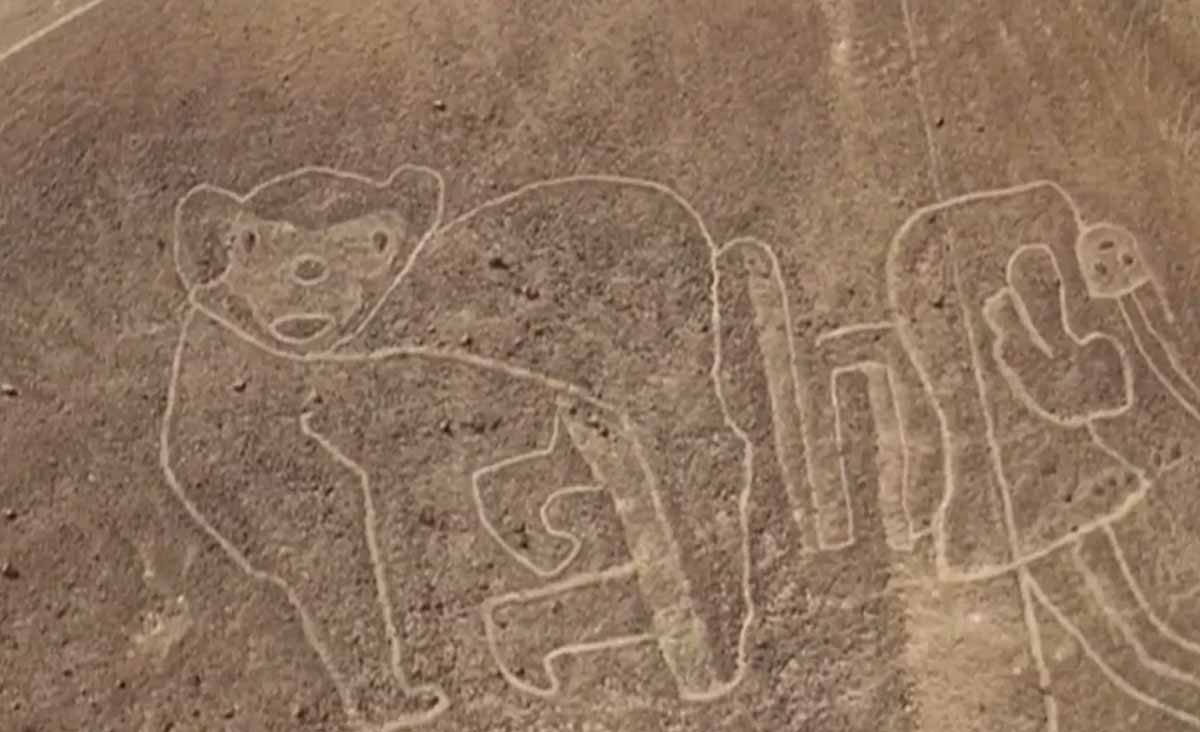When Peru silently shifted the borders of the Nazca archaeological reserve, critics warned golden opportunities lay on the line—cultural ruin.
A sudden shift in Peru’s desert sands redrew the borders of the Nazca archaeological reserve, and whispers of lost heritage turned into a roar.
Goodbye Pepsi: Costco makes a major decision that completely changes its strategy with sugary drinks
How detonating a nuclear bomb could protect planet Earth
Nazca archaeological reserve: shrunk and susceptible
Peru’s official gazette quietly slashed over 2,000 square kilometers from the map where the Nazca Lines once stood untouchable. Locals woke to find that a vast coastal desert—home to wind-swept hills and hidden geoglyphs—lost its protected tag. Miners who once skirted the law now operate openly. Satellite images already trace new access roads carving through dunes. Experts who’ve spent years tracing faint animal shapes in the sand felt betrayed overnight. Energy and Mines Minister Jorge Montero waved away concerns, saying the revised borders of the Nazca archaeological reserve exclude “non-archaeological land.” He stood before foreign journalists, nodding to maps that somehow erased centuries of human craftsmanship.
Yet archaeologists point to recent AI-driven surveys revealing hundreds of geoglyphs in the now-unprotected zone. Those faded lines, visible only by drone or satellite, document rituals and astronomy practices from A.D. 200 to 700. Cutting them loose feels like tossing priceless script into the desert wind. Local communities who long safeguarded the sands now scramble to organize patrols. Conservation groups whisper of legal action, hoping to patch the sudden gash in Peru’s cultural tapestry.
Revelations from the sands beyond the borders of the Nazca archaeological reserve
Between Palpa and Nazca towns, a Japanese-led research team turned dusty photographs into revelation. AI algorithms spotted 303 new figures—birds, monkeys, hands—etched into terrain once deemed empty. A hummingbird here. A spider there. Each discovery deepens the sting of losing protection. Without that legal shield, unauthorized vehicles could steamroll delicate gravel beds, erasing millennia of art. Speleologists recall scrambling down cliffs to examine faint lines, bracing against wind and vertigo. They cataloged terraces and channels that water once fed during ancient rituals—sites now lying just outside the reinstated margins.
Maria Reiche International Association president Ana María Cogorno Mendoza reminded officials that the newly excluded land overlaps precisely where Nazca priests performed sunrise ceremonies. Deep grooves carved by sandals still mark stone pathways. These aren’t random scratches. They form symbolic maps of waterways and constellations. Montero’s claim that the stripped territory “lacks cultural significance” rings hollow when every grain of sand there carries stories. Maps drawn in sand by elders place shrines where geoglyphs converge on underground aquifers. Denying that connection feels like cutting the reserve loose from its spiritual heartbeat.
Gold, gravel…
Mining interests have danced on the edge of Nazca’s desert for decades, but today they step straight onto sacred ground. Hundreds of concessions, once illegal, now enjoy instant legitimacy. Gravel pits and gold-prospecting teams roll in, armed with bulldozers. At night, floodlights glare into silent valleys where spiders and hummingbirds once reigned. Environmental lawyers track each new registry in Peru’s Reinfo database, marking fields now free of archaeological scrutiny. Cyanide vats puff clouds near geoglyph platforms. Toxic water stains flake off baked earth like acid-etched scars. Local ejidos tremble as offers of quick cash tempt youth away from heritage work. Some villagers accept payments to lease land for gravel extraction. Money travels faster than protest petitions.
Buys a coal mine for $2 million and discovers metals worth up to $36 billion
If you remember these 10 moments from decades ago, your memory is sharper than most in their 70s
The Ministry of Culture scrambles to update protection protocols, but its whispers drown beneath the roar of heavy machinery. Former Environment Minister Mariano Castro warned of “cumulative damage”—that the next generation might never see lines shaped by human hands. UNESCO representatives monitor the fallout, their face-to-face visits carrying heavy undertones. Global donors pledge studies and urgent fieldwork. Yet none can reclaim what compressor drills pulverize at dawn. When desert winds shift, plumes of dust will veil those lost geoglyphs, burying them in dunes that no one will map again. The newly redrawn borders of the Nazca archaeological reserve stand not as a boundary of protection, but as a signpost of what happens when gold outweighs legacy.
